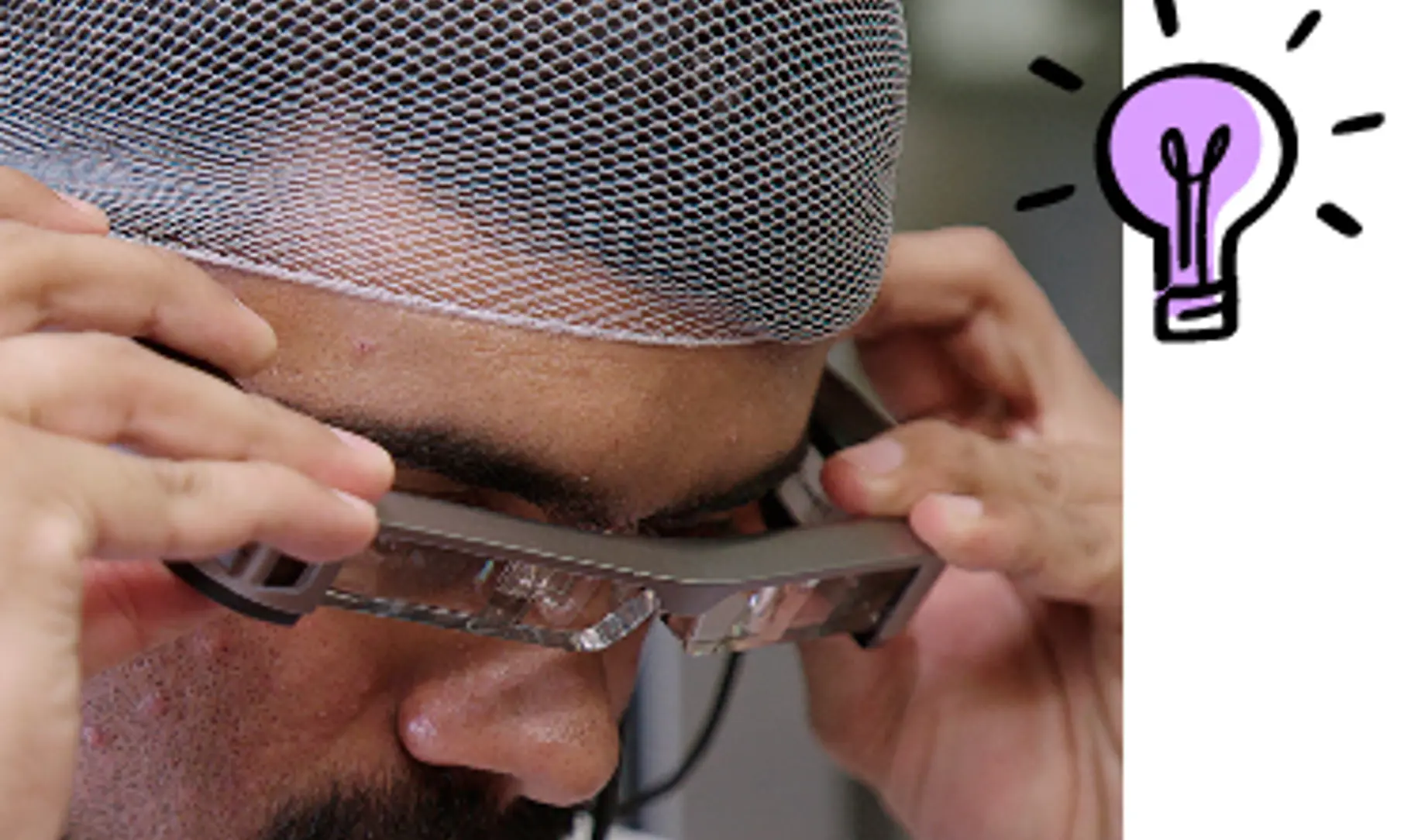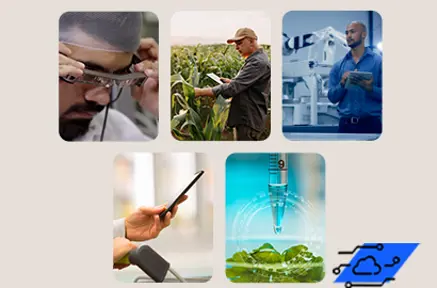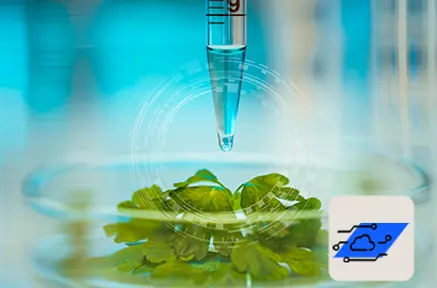Driving digitalization

As we continue to make technological advancements in automation, AI, cloud computing, blockchain, and data analytics, what changes are we starting to see within manufacturing as a whole?
To open our latest series, we’ll present a general overview on digitalization within global industries with a focus on food and beverage. How much of an impact is digitalization having on every aspect of the food and beverage supply chain, and what benefits are compelling manufacturers and producers to go along with the shift?
Industry 4.0 and 5.0 – a status update
Smart farms, smart retail, smart manufacturing … as we continue to improve digital technologies, our industries are only going to continue becoming leaner, more efficient, even more sustainable – and, overall, smarter. What’s more, the market is showing its willingness to invest, with global spending on digital transformations expected to hit $3.4 trillion by 2026.

Global manufacturing in a digital age
With particular focus on food and beverage manufacturers and producers, we can see the industry took its embrace of digitalization up a notch in light of the COVID pandemic. Already well-documented gaps became even more evident, and digital technology offered a lifeline in terms of helping the industry improve traceability and health and safety conditions – in addition to addressing labor shortages.
The benefits of going digital
Making the digital transformation takes time, effort, and patience. And though data looks to be limited on global uptake within the industry, it would appear things could move at a slightly quicker pace in terms of widespread adoption. Because the benefits are multiple. And all worth it.
Using AI and even the cloud, producers and manufacturers can better predict upcoming consumer trends. Making it quicker and easier – and, therefore, cheaper – to react to changes in demand.
And with greater onus on issues like sustainability and traceability, technology like blockchain can help those in the industry reduce food waste while improving their carbon footprint. In essence, allowing for an overall more efficient setup while strengthening customer loyalty. What’s more – and rather importantly – these benefits ultimately apply to everyone involved in the supply chain. From the farmers, to the factory workers, to the end consumer.
How much more of an influence environmental, social and governance factors will have on digital technology in the future remains to be seen.
In the second part of our series, we focus on farms and the ongoing emergence of agritech. How is digitalization being used to improve farming, both from a market position and with regards to the health and safety of animals, plants, nature – and people? Subscribe to our bi-weekly SIG Newsletter to follow along.
- octombrie 26, 2023

A look back at the forces driving digitalization

How digital technology is shaping what we eat

